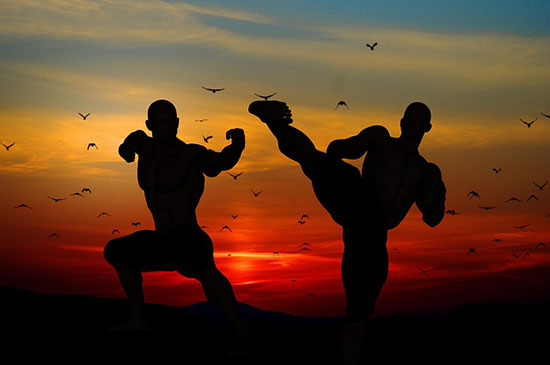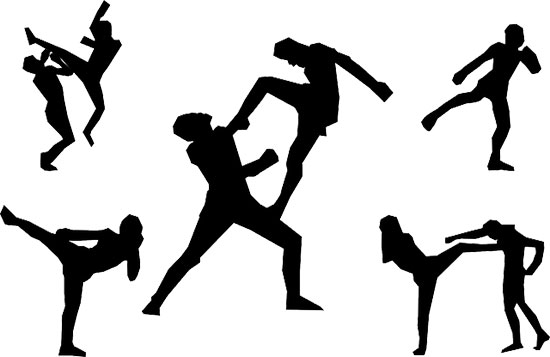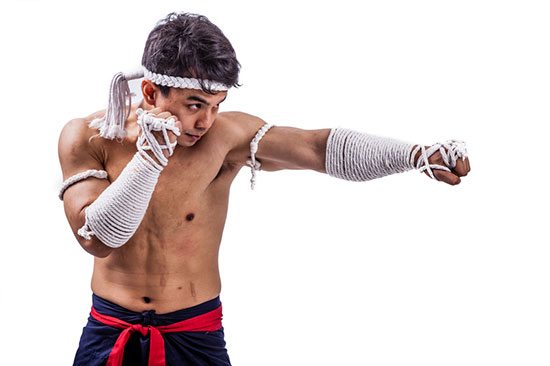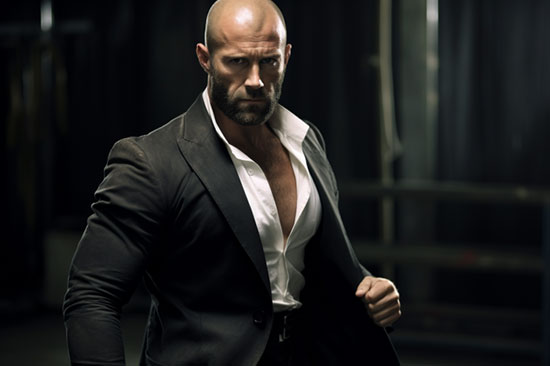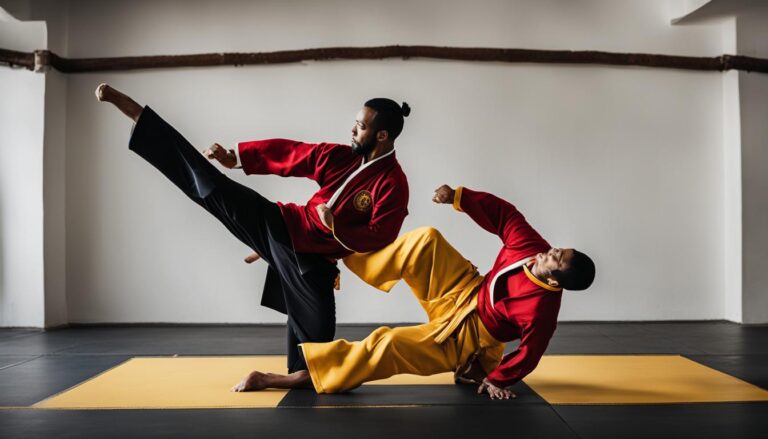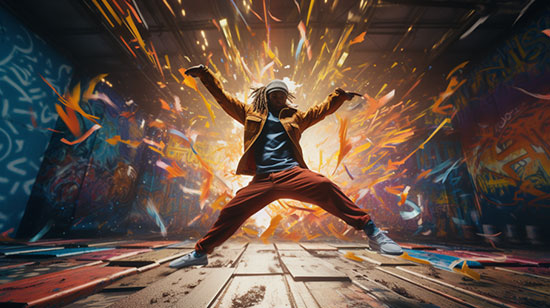Krav Maga and Kali are martial arts known for practical self-defense. Krav Maga is an Israeli martial art. It was first developed by Israeli Defense Forces (IDF) mainly for real-life combat.
The skills were copied from a Slovakian-Israeli martial artist Lichenified who possessed street-fighting skills.
He embraced his training as a bouncer, street fighter, and performer to develop a system for fighting real-world attacks.
It emphasizes the use of practical self-defense mechanisms and the use of efficient and simple movements to neutralize threats as fast as possible.
The benefits associated with Krav Maga training are physical fitness, self-defense techniques, and improvement of mental toughness.
It is majorly offered to the military, civilians, and law enforcement globally. Despite the numerous benefits, it is associated with injuries and thus may not be everyone’s choice.
Although excellent and practical defensive skills characterize Krav Maga, it should be the last option to be applied.
Kali is a Philippines martial art that emphasizes strikes using knives, sticks, and other weapons for defense. It employs techniques such as joint locks, throws, and ground fighting.
The benefits of Kali are improved coordination, reflexes, awareness, self-defense skills, and physical fitness.
However, it is characterized by risks such as injuries during the training and, thus, is not recommended for everyone.
Kali and Krav Maga benefit from physical fitness and mental toughness improvement, thus, practical self-defense martial arts.
However, they are characterized by risks that may only suit some. Therefore, knowing your aim and efforts is essential before choosing which martial art benefits you.
Contents
Kali advantages
- Cultural importance. Kali has a rich Philippines’ traditional culture and history. Therefore, during training, practitioners learn more about their cultures.
- It improves physical conditioning. Kali provides rich cardiovascular exercise that enhances physical fitness.
- Similarly, it provides improved reflex coordination. Kali involves strikes, blocks, and other weapon movements, promoting reflexes coordination.
- Self-defense mechanisms are achieved as practitioners are confident with the skills learned during training and can offer self-defense in case of real-life attacks. It also improves mental toughness.
Kali disadvantages
- The risk of injury is the most severe demerit for Kali. Since the training involves using weapons such as knives and sticks, the injuries are many.
- Another disadvantage is that the cost of training is expensive. It requires the practitioners to buy gear and other protective equipment and pay the membership fee.
- Kali is characterized by limited applicability. Since martial art focuses on using blades, knives, and stick weapons, it could be applied when the opponent is non-violent or without defense materials during self-defense.
- Additionally, the complexity of using the martial gives it a disadvantage. The military uses different techniques which could be uneasy for starters to grasp and master.
- Kali is associated with more time and commitments. Due to this, people might need more time to train due to many daily obligations.
Krav Maga advantages
- The benefits associated with Krav Maga training are physical fitness. Movements during training could improve cardiovascular and general body workouts, thus leading to improved physical fitness.
- Self-defense techniques. Practitioners get skills in defense in cases of attacks and therefore offer a self-defense mechanism in real life. Realistic training is another advantage of Krav Maga training. The training focuses on advantageous real-life situations that you can use in case of attacks.
- Efficient techniques give Krav Maga an advantage. The movements are efficient and effective that can be quickly learned when stress arises.
- It boosts mental toughness. Physical practices during training cause a relationship between psychological and physical health, thus encouraging improved mental toughness.
Krav Maga disadvantages
- It requires more time and commitment. It requires regular training to achieve great results, which is time-consuming.
- The intensity of activity is a disadvantage of Krav Maga. The training is more physically demanding, thus, not suitable for people with severe health conditions.
- Injury risks. Training movements could result in accidents such as bone and body parts breakages.
- Another demerit is Krav Maga is expensive. The membership and training fees are costly and hence only suitable for some.
- Limited applicability. Even though it is an effective tool for self-defense, it cannot work with more than one attacker or an opponent with weapons.
- Accessibility is another merit. The training facilities are only found in some geographical regions, making the training inaccessible to people.
Differences between kali versus Krav Maga
Even though Kali and Krav Maga possess similarities, it also has differences. First, the origin differs. Kali is a Philippine martial art, while Krav Maga is an Israeli martial art.
Another difference is that; Krav Maga emphasizes practical self-defense mechanisms, such as movements to respond to an opponent’s threat promptly.
In Contrast, Kali emphasizes using joint locks, ground fighting, and throws. Another difference is everyone, regardless of age, or gender can be trained in Kali art.
On the other hand, Krav Maga is offered to law enforcement, the military, and civilians. Krav Maga’s training method is intense, more physical, and demanding compared to Kali training which only focuses on developing quick and effective responses to real-world threats.
Finally, Krav Maga emphasizes neutralizing dangers as quickly as possible to end the confrontation easily. In comparison, Kali emphasizes the use of technical skills and weapons.
Similarities between kali versus Krav Maga
- Physical fitness. Kali and Krav Maga training involve physical exercises essential for a cardiovascular workout, thus improving general physical fitness.
- Another similarity is the self-defense mechanism. The two martial arts teach techniques for controlling and neutralizing attackers’ threats.
- Both Krav Maga and Kali improve mental toughness. The two involve overcoming challenges related to mental health, thus improving mental toughness. Furthermore, both teach practitioners to use their natural body movements and instincts in case of attacks other than depending on stylized and complex movements.
- Finally, Krav Maga and kali use contact sparring and drills to encourage students to implement their skills and improve their abilities to work under pressure.
Take away
Krav Maga and Kali are martial arts popularly known for their effective self-defense mechanism. Krav Maga emphasizes the use of practical self-defense mechanisms and the use of efficient and simple movements to neutralize threats as fast as possible.
In comparison, Kali emphasizes strikes using knives, sticks, and other weapons for defense. The practitioners benefit from the two martial art through; mental toughness, physical conditioning, stress relief, cultural promotion, and improved reflex coordination.
Despite these benefits, the two martial are characterized by risks such as injuries which can be bruises or bone breakages.
Knowing personal goals and martial arts’ potential risks and benefits is necessary before choosing which one benefits you.
